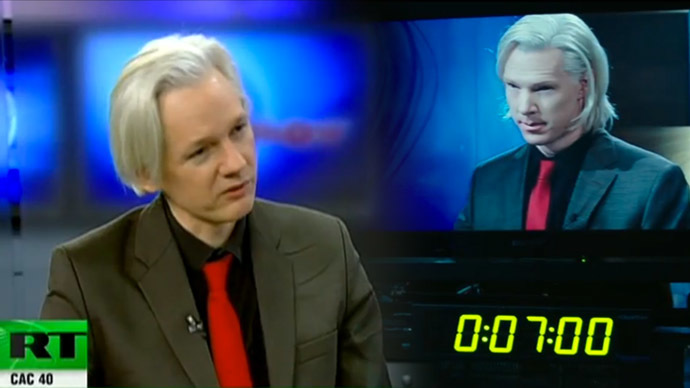One of the most interesting things that happened to me in the opening weeks of this course, is learning what a meme actually is, rather than the poorly made image macro that I usually associate with the term. When I heard ‘meme’ before I came to the course I thought of grumpy cat, “Sure Jan”, and various other internet fads.

However after reading Kelli S. Burn’s “From Memes to Mashups; Creating Content from Content”, I gained a greater understanding of what a meme actually is, being defined as “…a unit of cultural information that replicates while still remaining whole” in Burn’s article, while more simply it can be explained as something that can be copied over and over with the meaning remaining the same. At least in my interpretation. This idea really resonated with me as I searched for examples to make sense of what a meme really was, as I struggled to grasp the concept in class. This is where Burn’s article was a real treat for me, by also tackling the ideas of mashups she easily explains what both items are individually while still relating them to each other.
The idea of a meme really clicked for me when we were in class and watching Susan Blackmore’s TED talk on memes. That’s when I truly understood that a meme was not simply an image shared on facebook but was actually the replication of an idea throughout society. The example that made it click for me totally was a comparison my friend made of memes and there relationship to fashion. We used flannel as a specific example; flannel could have originally started as let’s say a lumberjack’s preferred work shirt, as it keeps him warm and is heavy duty. Over time the flannel shirt is replicated for the same purpose over and over, until someone took it and decided to wear it in L.A. with a pair of short shorts. Thus bringing flannel to a different scene completely, yet keeping the same idea as a warm, heavy duty shirt.
However, let’s say that the flannel shirt is changed. The original form is taken and edited by some girl on Etsy. She cut’s out the back and puts in a gigantic lace cut out. By taking the original content and adding her own interpretation to the idea she has successfully created her very first mashup! While Burn’s article mostly focuses on the music aspect of mashups, she does touch on trailer mashups as well. The idea of a mashup is incredibly freeing to me, the ability to take any type of digital media and putting it together to create something altogether different is astounding to me. The practice of mashups almost parodies the idea of original content as it takes that content as a starting point for creation rather than starting with a completely blank canvas. Discussing the idea of mashups in class really made me question how mashups could fit into the world of film, music, and art. As it could lead to incredible new avenues in creative expression as well as storytelling. Which is what Burn’s makes it out to be with her descriptions of “Thru-you”, “The Grey Album”, “Brokeback to the Future”, and other famous mashups but due to the laws surrounding the original pieces of media the mashup is often hunted down. The legal aspect of the mashup was the most troubling aspect of the article for me, as most of the people mentioned in the article as DJs and video editors were not in the job of making mashups for money, but just for fun. But, by getting the legal side of things involved I personally think that they made the mashup famous and immortal. As by bringing so much media attention to it, and the backlash it was facing, it has now become something that can be explored as a more contraband form of expression, or a dangerous art form. By getting involved legally with something perfectly harmless media conglomerates have created their own worst enemy.
As an aside to this post here are two of my very favorite mashups:
Madeon’s “Pop Culture” is a mashup of 39 different songs (check the description for a full list):
[youtube]https://www.youtube.com/watch?v=lTx3G6h2xyA[/youtube]
Kees Van Dijkhuizen Jr. is a 21 year old film student who created a project known as ‘Cinema’ to mashup clips from all (almost) the movies released in a year to show how far cinema has progressed and changed. He did this up until 2012, he also is famous for his ‘[The films of]’ series which highlights the filmographies of famous directors into concise videos to show off there various styles and techniques. The video I’m using here is from 2012, the year I hosted a film festival for my high school senior project and used this as the opener.
[youtube]https://www.youtube.com/watch?v=M1r1tS464jE&list=PL570A2BCEC0545299&index=2[/youtube]










 The Fifth Estate refers to a nonphysical entity composed of bloggers, journalists, and media outlets that operate outside the mainstream media. Operating outside of what is referred to as the Fourth Estate which is the mainstream media, most commonly referring to the news media (especially print journalism). The Fifth Estate may also include political groups, corporations, or other groups outside of the mainstream in their views and function in society.
The Fifth Estate refers to a nonphysical entity composed of bloggers, journalists, and media outlets that operate outside the mainstream media. Operating outside of what is referred to as the Fourth Estate which is the mainstream media, most commonly referring to the news media (especially print journalism). The Fifth Estate may also include political groups, corporations, or other groups outside of the mainstream in their views and function in society.
